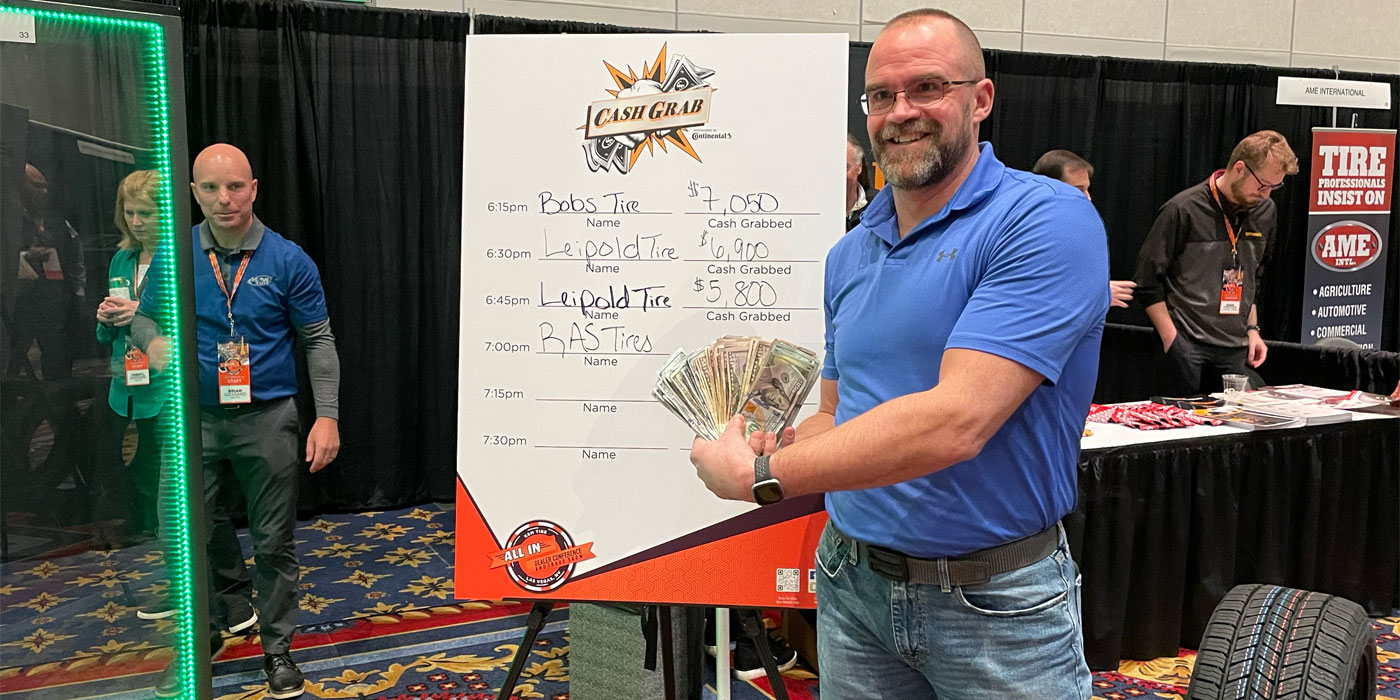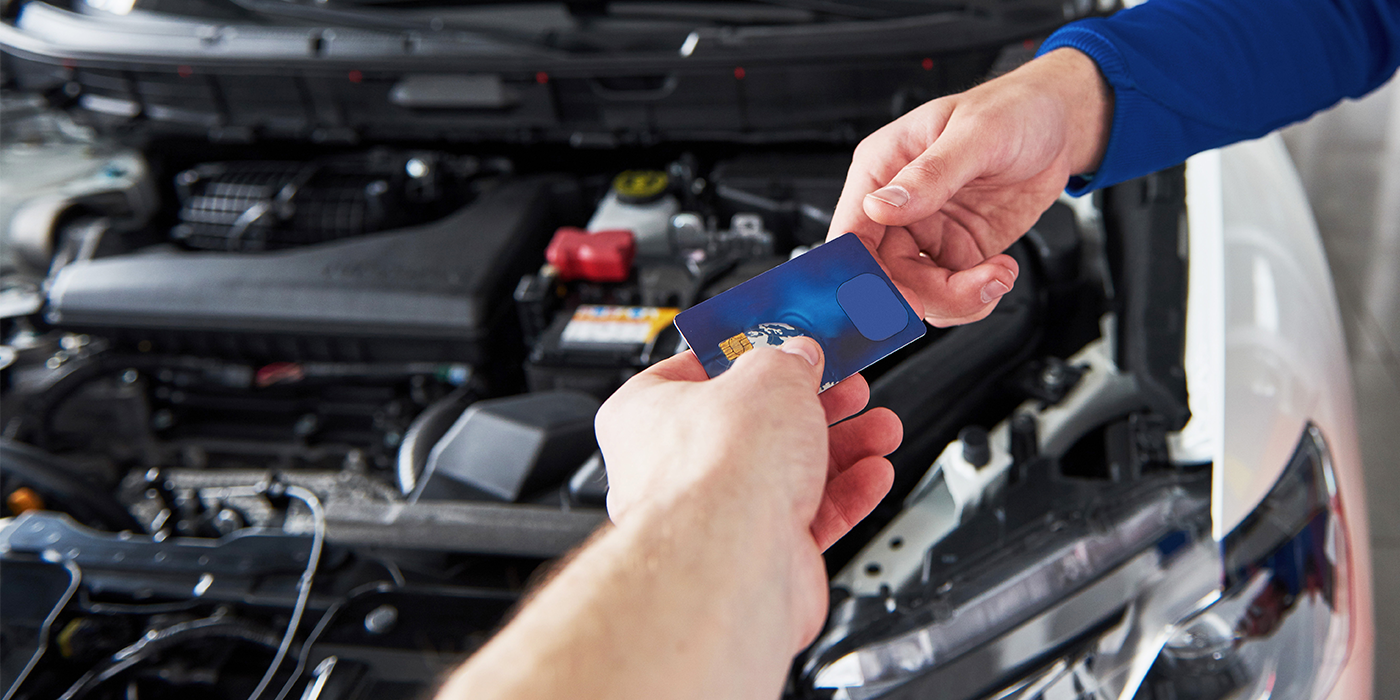When you’re doing your annual business plan (You do write one each year, don’t you?), do you set simple, easily achievable goals? Or, do you push the envelope with goals that will be hard to reach?
That alone says a lot about your management style.
More importantly, though, do you write a plan for the plan? It’s one thing to say you’re going to increase sales or even boost your net profits to, say, 30%, but it is quite another to come up with an action plan for those lofty goals.
And, yes, I did say 30%. That is not an impossible goal for any tire dealer to reach. But it will take a plan and some work on your part.
And without a plan for the plan, you will find yourself working harder, not smarter. A 30% net is attainable by anyone. All it takes is change. It’s not just knowledge but the skills and action, coupled with the tools you need, that will help you implement that change.
Do You Have A Matrix?
So, how do you accomplish a 30% net cash profit for your shop?
We’re going to talk a lot about Key Performance Indicators (KPI), and there are a lot of them that are important to your business goals. Parts Margins are a KPI that you must manage aggressively. Parts by themselves should create a 53% gross profit on the entire pool of automotive parts. We’re not talking about tires or shop supplies, just parts.
How do you accomplish a 53% GP on parts? The answer is “matrixing.” A parts matrix is a multiplier system that bangs the low-cost parts harder than the high-cost parts. In other words, the multipliers are more aggressive where customer sensitivity is lowest. Customers pay little or no attention to parts that don’t cost that much, but they are very interested in the big-ticket items.
There are two parts matrices: a Jobber Matrix and a Dealer Matrix. The Jobber Matrix is used when you buy parts from your local parts jobbers and the Dealer Matrix when you purchase from auto dealers. For the most part, they are identical, except when it comes to gross profit percentages. Implemented properly, the matrices work in about 99% of the cases out there.
Most shop owners say the average cost of a part is between $20 and $30. Therefore, the multipliers in this range are the most important. We work to a 55% GP on the most popular parts – the ones you sell most often. Bigger-ticket parts erode the overall parts margin, but you should still end up with a 53% GP average on your entire parts pool. If you want (need) parts cost to be 18.5% of your total sales, you have to make over 50% GP average on all parts sold.
If you are going to modify this matrix, always remember the most important multipliers are on your average-cost parts.
Another element in the plan to reach 30% net is another KPI: Parts/Labor Mix. It is important that you keep your mix at 40/60 – 40% of sales from parts and 60% from labor hours billed. The key here is to sell more labor, not less parts. We’ll address this later.
Of Course You Can
Right about now, you’re probably thinking that you’ll have some customers who say they can get that part cheaper somewhere else. My suggestion is: Do not try to prove them wrong. Simply agree: “Of course you can!” They could buy a filet of beef at a grocery store and take it to Outback Steakhouse to save money, too!
Anyone can buy the commodity product cheaper than a service provider will sell it. It’s the same with restaurants, electricians, plumbers, etc.
But you cannot be everything to everybody in the auto repair business. If you have focused your attention on the 20% price shoppers, focus on the 80% that love you. Set your menu items competitively for the 20% and your parts margins at 53% for the 80% that love you.
Those customers who love you want you to be profitable so you can continue to deliver legendary auto service. Research indicates that, if your menu items are competitive, your parts margins can be 53%.
You can sell tires and menu items to anybody. But, it costs big money to perform legendary auto service. Do not confuse the different profit centers in your business. “Profit” is not a dirty word.
In my next article, we’ll talk about how you can simply and easily sell more labor.
Chris “Chubby” Frederick is CEO of Automotive Training Institute (www.autotraining.net) and a regular contributor to Tire Review.













